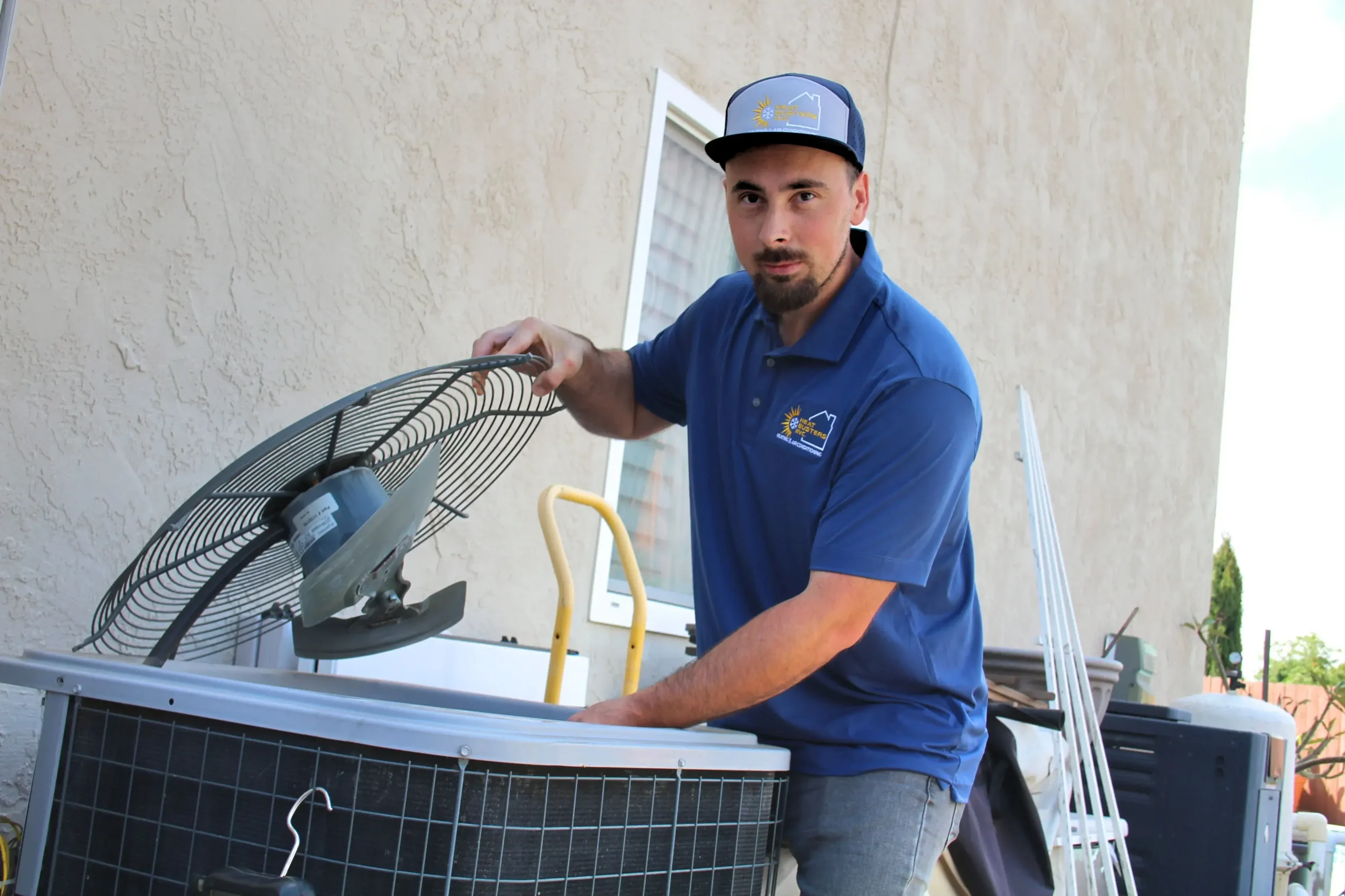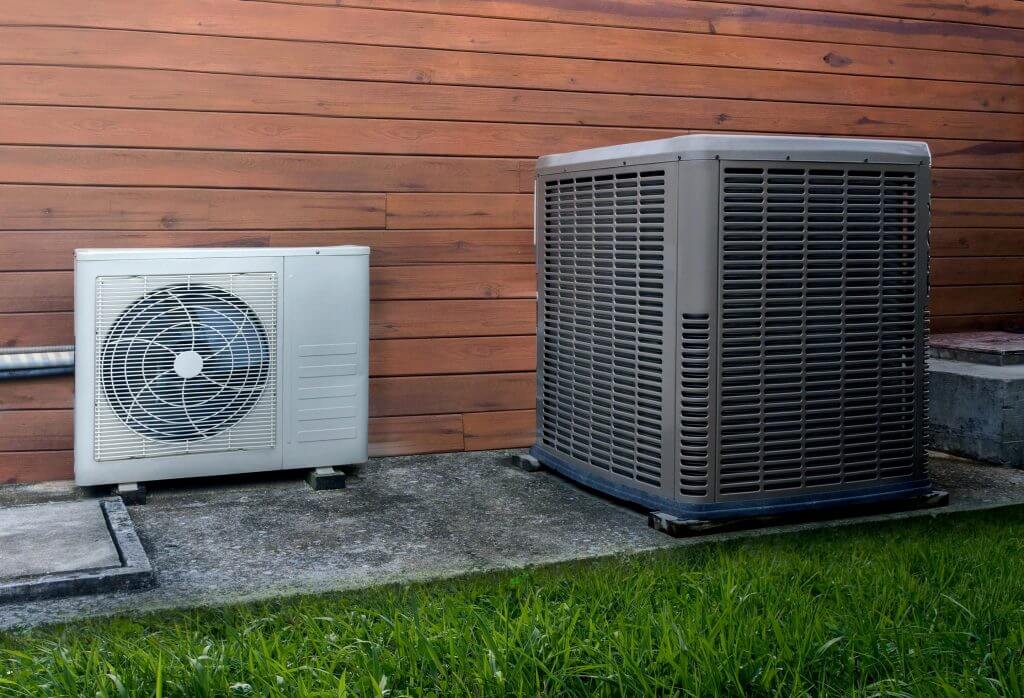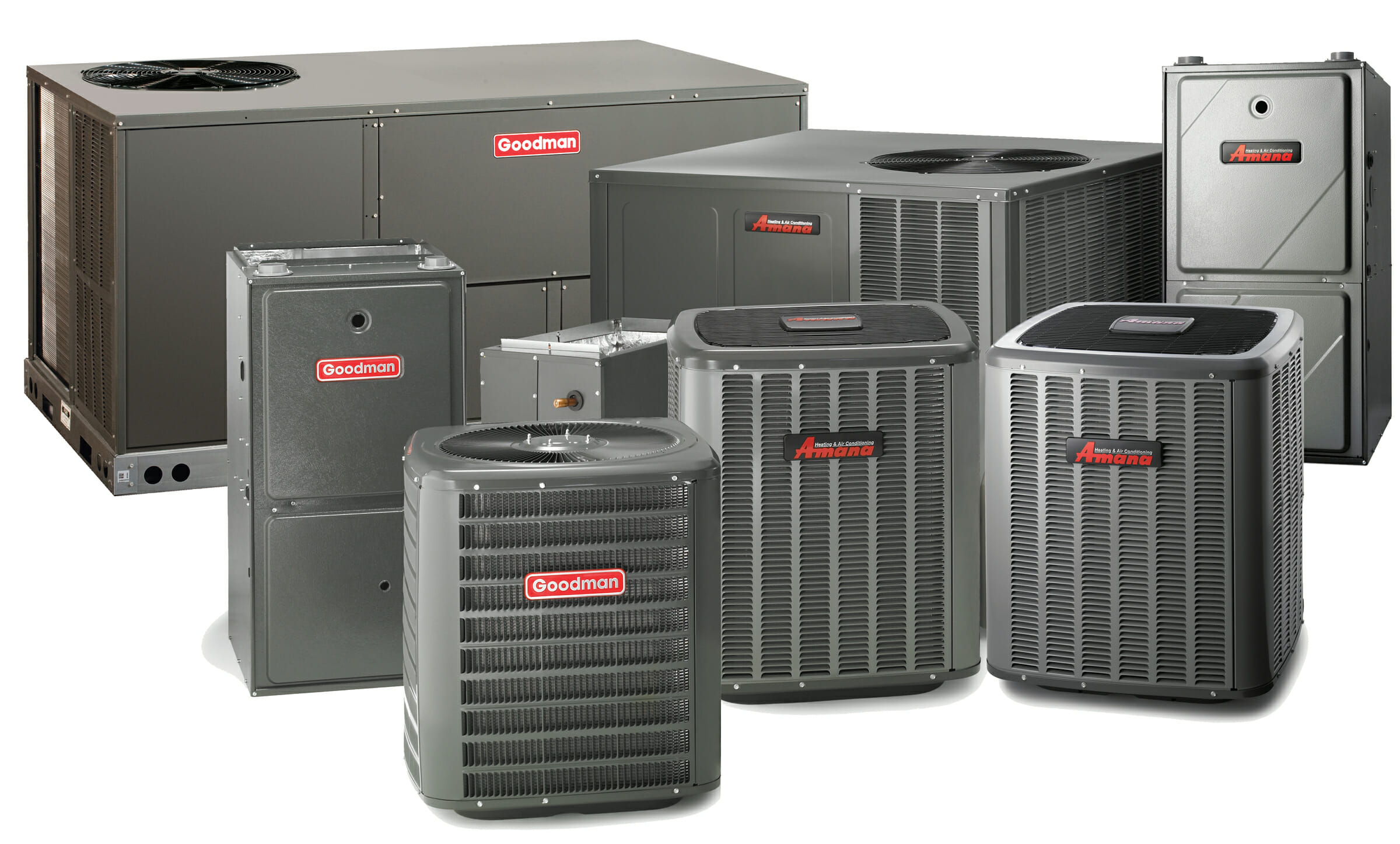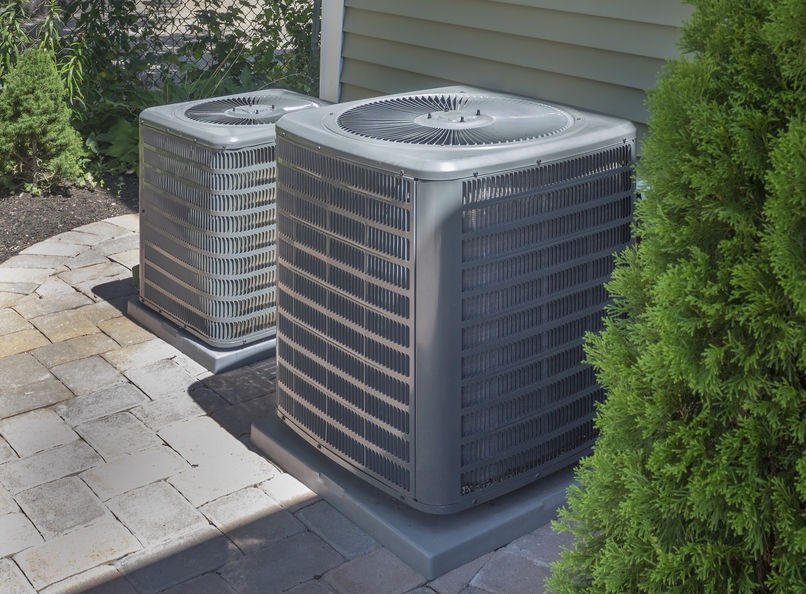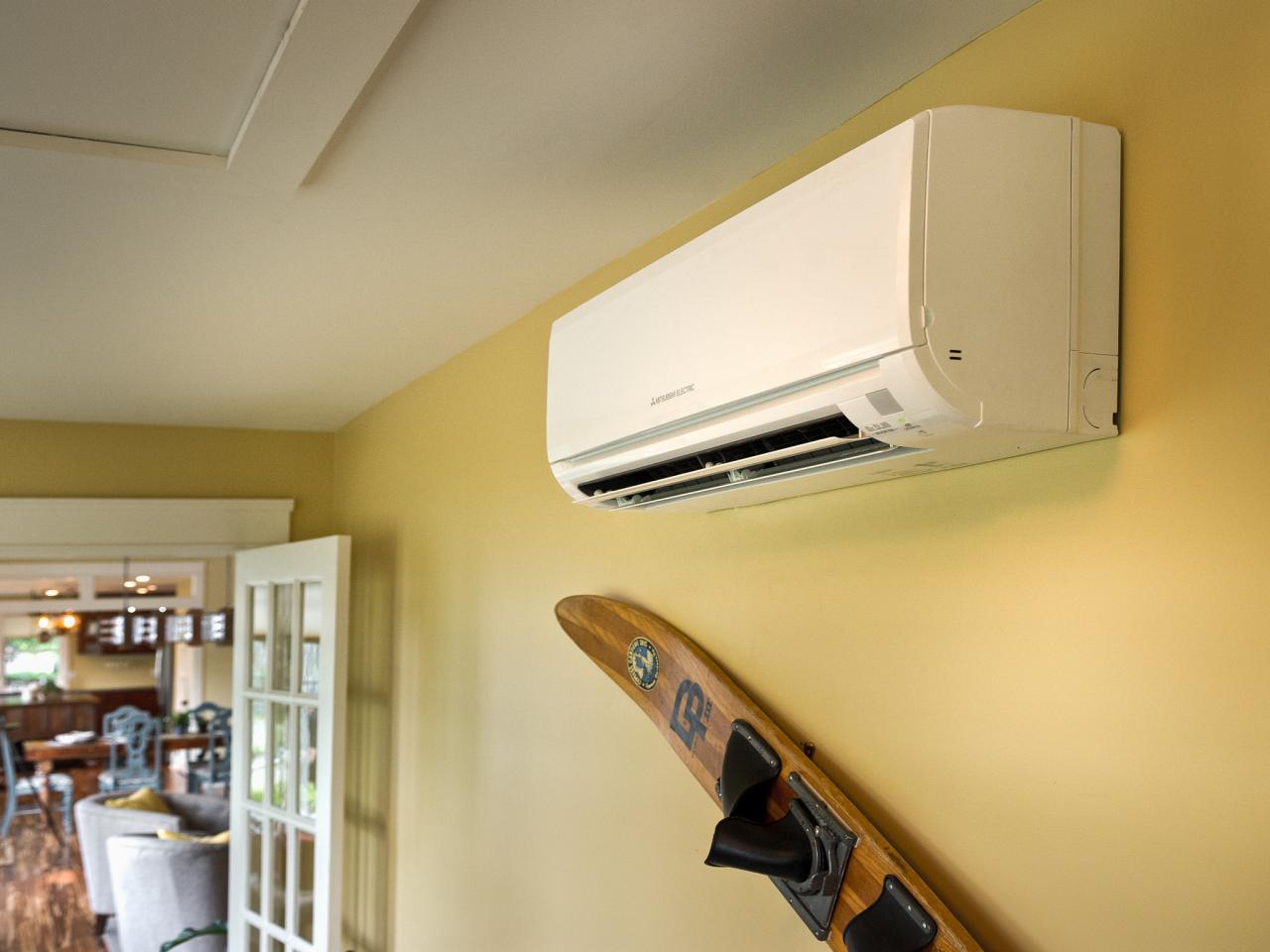How Much Is A Heating And Cooling System

One of the most common frustrations for homeowners is a heating or cooling system that suddenly stops working efficiently, or worse, stops working altogether. This can manifest as inconsistent temperatures throughout the house, unusually high energy bills, or even a complete lack of heat or cool air. Before you panic and call a professional, there are several troubleshooting steps you can take to potentially diagnose and resolve the issue yourself.
Understanding the Basics
Before diving into troubleshooting, it's helpful to understand the basic components of your HVAC system. Typically, this involves:
- The Thermostat: This is the control panel for your entire system. It tells the furnace or air conditioner when to turn on and off.
- The Furnace (Heating): This unit generates heat, usually by burning natural gas or propane, or using electricity.
- The Air Conditioner (Cooling): This unit removes heat from your home, using a refrigerant to cool the air.
- The Air Handler: This is often part of the furnace unit, and it blows the heated or cooled air through the ductwork.
- The Ductwork: This network of channels distributes the air throughout your home.
- The Outdoor Unit (Condenser): This is part of the air conditioning system and releases heat outside.
Troubleshooting a "No Heat" or "No Cool" Situation
Let's walk through a systematic approach to diagnosing why your heating or cooling system isn't working. We'll start with the simplest checks and gradually move towards more involved procedures.
Step 1: Check the Thermostat (No Tools Required)
This is the first and most crucial step. Don't assume it's set correctly.
- Power: Make sure the thermostat has power. Is the display lit up? If not, check the batteries (if battery-powered) and replace them. If it's hardwired, check the circuit breaker (explained later).
- Mode: Ensure the thermostat is set to the correct mode: "Heat" for winter, "Cool" for summer. It might sound obvious, but it's easily overlooked.
- Temperature Setting: Is the set temperature higher than the current room temperature (for heating) or lower than the current room temperature (for cooling)? Try raising or lowering the set temperature a few degrees to see if the system kicks on.
- Fan Setting: The fan setting should ideally be on "Auto." If it's set to "On," the fan will run continuously, even when the heating or cooling isn't active. While this isn't necessarily a problem, it can mask other issues.
If the thermostat checks out, proceed to the next step.
Step 2: Check the Circuit Breaker (No Tools Required, but Requires Caution)
A tripped circuit breaker is a common cause of HVAC problems. Furnaces and air conditioners require a significant amount of power, and an overloaded circuit can easily trip.
- Locate the Breaker Box: This is usually in the basement, garage, or utility room.
- Identify the HVAC Breaker(s): Look for labels like "Furnace," "Air Conditioner," "HVAC," or a breaker with the amperage rating matching your unit (usually 15-30 amps).
- Check the Breaker: If a breaker has tripped, it will be in the "off" or "middle" position. Flip the breaker all the way to the "off" position and then back to the "on" position.
- Test the System: Return to the thermostat and see if the heating or cooling system now works.
Important Safety Note: If the breaker trips immediately again, do not keep resetting it. This indicates a serious electrical problem, and you should immediately call a qualified electrician or HVAC technician.
If the breaker wasn't tripped, or if resetting it didn't solve the problem, move on to the next step.
Step 3: Check the Furnace Filter (No Tools Required)
A clogged furnace filter is another frequent culprit. A dirty filter restricts airflow, which can cause the furnace or air conditioner to overheat and shut down. It can also lead to reduced efficiency and higher energy bills.
- Locate the Filter: The filter is usually located in the furnace itself, or in a return air vent (a vent that sucks air into the system). Look for a slot or door that can be easily opened.
- Inspect the Filter: Remove the filter and hold it up to the light. If you can't see much light through it, it's dirty and needs to be replaced.
- Replace the Filter: Use a new filter of the correct size (the size is usually printed on the filter frame). Make sure the arrow on the filter points in the direction of airflow (towards the furnace).
Regular Filter Replacement: You should replace your furnace filter every 1-3 months, depending on how often you use your HVAC system and the air quality in your home. A good rule of thumb is to check it monthly.
If the filter was clean or replacing it didn't fix the issue, continue to the next step.
Step 4: Check the Outdoor Unit (Air Conditioner Only) (No Tools Required, Requires Visual Inspection)
If you're experiencing cooling problems, the outdoor unit (the condenser) could be the issue.
- Obstructions: Make sure the unit is free from obstructions like leaves, branches, or snow. Clear away any debris that could be blocking airflow.
- Ice Buildup: Check for ice buildup on the coils. If you see ice, it could indicate a refrigerant leak or a problem with airflow. Do not attempt to chip away the ice. Turn off the air conditioner and allow the ice to melt naturally. If the problem persists after the ice melts, call a professional.
- Fan Operation: When the air conditioner is running, the fan on the outdoor unit should be spinning. If it's not, there may be a problem with the fan motor, which requires professional attention.
If the outdoor unit seems clear and the fan is working (when the AC is supposed to be running), the problem likely lies elsewhere.
Step 5: Check the Blower Motor (Requires Basic Tools - Screwdriver, Multimeter - and Caution)
Important Safety Note: Before working on the blower motor, always turn off the power to the furnace at the circuit breaker.
The blower motor circulates air through your home. If it's not working, you won't get any heated or cooled air.
- Locate the Blower Motor: This is usually inside the furnace unit. You'll need to remove an access panel using a screwdriver.
- Visual Inspection: Look for any obvious signs of damage, such as burnt wires or loose connections.
- Test for Power (Requires Multimeter): Use a multimeter to check if the blower motor is receiving power. If you're not comfortable using a multimeter, do not proceed and call a professional.
- Manually Spin the Blower Wheel: With the power off, try to manually spin the blower wheel. It should spin freely. If it's stuck or difficult to turn, the motor bearings may be seized, and the motor will need to be replaced.
When to Call a Professional: If you're not comfortable working with electricity, or if you suspect a motor issue (burnt smell, difficulty spinning), it's best to call a qualified HVAC technician.
When to Call a Professional
While these DIY troubleshooting steps can resolve many common HVAC problems, there are situations where professional help is essential.
- Refrigerant Leaks: Refrigerant is a hazardous chemical, and handling it requires specialized equipment and training. If you suspect a refrigerant leak, do not attempt to fix it yourself.
- Gas Leaks: If you smell gas near your furnace, immediately evacuate your home and call your gas company or the fire department.
- Electrical Problems: As mentioned earlier, if a circuit breaker trips repeatedly, or if you're not comfortable working with electricity, it's best to call a qualified electrician or HVAC technician.
- Complex Repairs: If you've tried the troubleshooting steps above and your HVAC system still isn't working, it's likely a more complex issue that requires professional diagnosis and repair.
- Warranty Concerns: If your HVAC system is still under warranty, attempting to repair it yourself may void the warranty.
Don't hesitate to call a professional. HVAC systems are complex and potentially dangerous. A qualified technician has the knowledge, skills, and equipment to safely and effectively diagnose and repair your system.
Preventative Maintenance
The best way to avoid HVAC problems is to perform regular preventative maintenance. This includes:
- Regular Filter Changes: As mentioned earlier, replace your furnace filter every 1-3 months.
- Annual Inspections: Schedule an annual inspection and tune-up with a qualified HVAC technician. They can identify and address potential problems before they become major issues.
- Clean the Outdoor Unit: Regularly clear away any debris from around the outdoor unit.
- Inspect Ductwork: Occasionally inspect your ductwork for leaks or damage. Seal any leaks with duct tape or mastic sealant.
By following these simple steps, you can keep your HVAC system running smoothly and efficiently for years to come.




